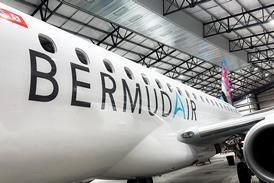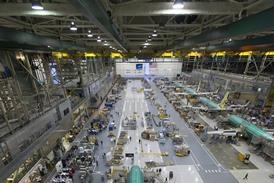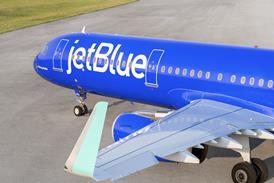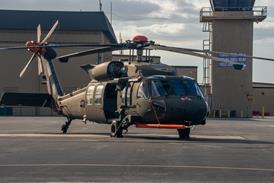A new president will take the reigns at Volvo Aero on 1 November. Steve Zackrisson - currently head of marketing, programmes and sales - will replace Olof Persson, who is departing to take the top job at Volvo Construction Equipment.
Persson leaves behind a Trollhattan-based component manufacturer with stakes in three major new aircraft programmes - the Airbus A380, Boeing 747-8 and 787 - as a result of its participation in GE Aviation's GENx programme. It is not, however, tied to that one manufacturer. In July it became a risk- and revenue-sharing partner in Rolls-Royce's Trent XWB programme, under a contract it values at SKr40 billion ($6 billion) over 40 years.
An even higher value is ascribed to another contract signed in July, with Pratt & Whitney. Under a SKr50 billion, 40-year contract, Volvo Aero became a partner in P&W's PW1000G geared turbofan programme, which will power the Mitsubishi MRJ regional jet and Bombardier CSeries airliner. Volvo Aero has overall responsibility for the intermediate case and turbine exhaust case, and production responsibility for the low-pressure turbine shaft.
 |
|---|
© Volvo Aero |
"If you look at 2007, of all the large airplanes that were produced, we had one or more components on 90% of those engines," says Persson.
DELAYS HIT RESULTS
Volvo Aero's operating results have been hit by delays to the A380 and 787 programmes. In July it announced second-quarter results revealing a fall in operating income, from SKr93 million to SKr4 million, and operating margin from 5% to 0.2%. Profitability was affected by an "unfavourable product mix of new spare parts and components for new aero engines", says the company. "Volvo Aero has made significant investments in research for the new engine programmes, which also affected the operating income negatively in the quarter."
The broad thrust of Volvo Aero's technology strategy is encapsulated in its slogan "Make it light". Referencing the company's involvement in the European Commission's Clean Sky engine demonstrator programme, Persson says: "The best way to contribute, being a component supplier, is to reduce weight and increase functionality." Volvo Aero's lightweight-technology drive was also at work in its acquisition of Linköping-based Applied Composites in December 2007. "It was definitely a strategic acquisition," says Persson. "Our focus now is very much to consolidate."
Alongside its component business, Volvo Aero operates an aftermarket business (branded Volvo Aero Services), the relative importance of which declined with the closure of a facility in Bromma, near Stockholm. Yet the long-term prospects of Volvo Aero Services gained a boost in September when Boeing renewed a marketing and distribution partnership agreement for 10 years.
Volvo Aero Services has its US base at Boca Raton, Florida, while Volvo Aero's components business has a presence at Newington, Connecticut, which mitigates the impact of the weak dollar. "We have been focusing on creating a natural hedge by investing in Connecticut," says Persson, who estimates that Volvo Aero has channelled SKr1.5 billion into new production equipment over the past year.
"If you go back 10 years, 15 years, we were a blueprint manufacturer - we manufactured on others' drawings," recalls Persson. "Now we have our own lightweight technology, and that's quite a journey we have made over the years, and that is of course giving resonance to our partners as well."
Source: Flight International


























